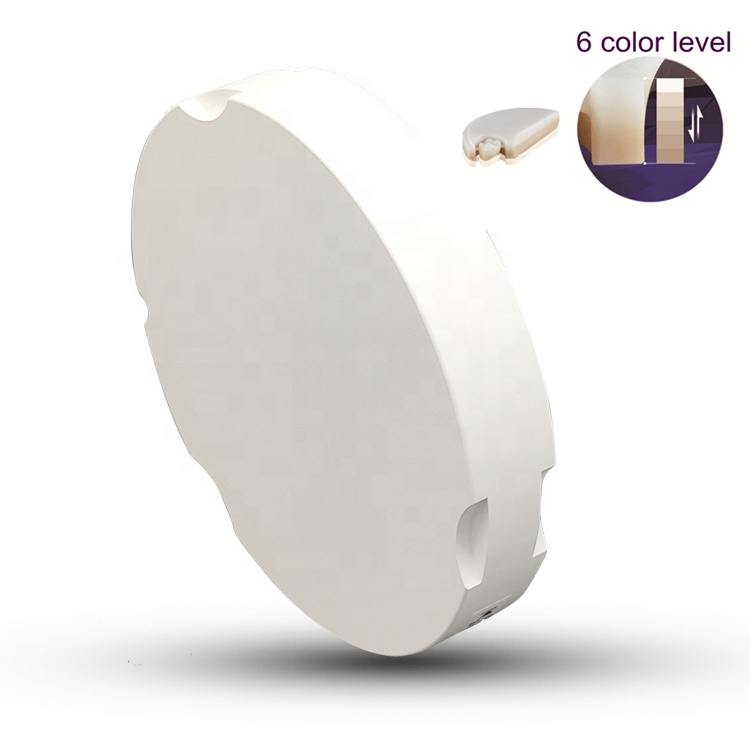Abstract
A variety of dental zirconia technology has been developed to produce a natural-looking appearance of dental tooth crowns. Due to its excellent biocompatibility and mechanical properties dental zirconia stone has been successfully used in recent years as a dentistry tooth crown.
Full contour zirconium along with veneered zirconia is becoming very popular nowadays. Natural-looking tooth whitening products like in-home DIY bleaching techniques are the future of modern dental needs. Dental zirconia stone is among the simplest material to supply a sturdy and aesthetic dental crown. Dental Zirconia stone is the mainstay of most dental labs because it provides the answer for a spread of clinical cases as well as long-span bridges, onlays, veneers, and dental crowns. Dental Zirconia Technology: The Ultimate Synthetic Stone for Sensitive Areas.
Introduction
To be able to offer an excellent dental solution without compromising the physiological demands of the patient and also considering the resistance against masticatory forces dental prostheses using CAD/CAM technologies have been advocated. In order to offer an optimal resolution to the present new challenge dental prosthetic restorations using dental zirconia stone with the latest 3D multilayering CAD/CAM modern technology has been advocated. Dental Zirconia Technology realizes the Ultimate Synthetic Stone for Sensitive Areas.

- History
Dental Zirconia stone is also a soft, silver-colored metal deep- mined from giant deposits in Australia and Africa as a salt mineral known as zircon (ZrSiO4). It had been 1st isolated in 1824 by Berzelius in impure kind. The mineral Zircon is purified to provide zirconia powder with a particle size as per dental use. Metal oxides are added to the powder for added geometrical stabilization. Binders and additives are added to the zirconium powder to provide the final dental zirconia stone/blank.
- Properties of zirconia
Veneering is typically applied over dental zirconia stone cores to instate a lot of natural looks. Dental zirconia stone is one of the most advanced ways to replace your dental tooth crowns. Dental Zirconia stone is a transition metal element component and it has a pure crystalline form as white and ductile metal and it’s an amorphous type as a blue-black powder. Dental Zirconia stone is characterized by high flexural strength and fracture toughness. Zirconia has mechanical properties the same as those of chrome steel. Its resistance to traction is as high as 900-1200 MPa and its compression resistance is about 2000 MPa. Cyclical load stresses also are tolerated well by this material.

- Biocompatibility
Dental zirconia stone is highly biocompatible and non-reactive. No cellular or systemic effects are appreciated whatsoever. Moreover, studies have demonstrated that fewer plaque and calculus than porcelain fused with metal crowns. It is most of most effective way to restore missing teeth and a natural tooth whitening product.
- Esthetic properties
Zirconia blank or all-ceramic restorations are more esthetically pleasing than metal-ceramic restorations. The light transmission or translucency of dental zirconia stone also depends on:
(1) The composition and thickness of zirconium material used
(2) The manufacturing process of glazing and polishing
(3)The durability of a dental zirconium stone is also related to the integrity of the cement at the gingival margin.
Conclusion
Numerous characteristics of dental zirconia stone, such as biocompatibility, excellent color matching, and chemical-mechanical properties make dental zirconia stone most suitable for use in modern dentistry. To make the results most appealing manufacturing process must also be evaluated. The use of dental zirconia stone in modern medicine has manifested to become quite established, with major advancements in the last decade. The advanced dental zirconia technology is applied in modern dentistry restoration, it is one of the best and the ultimate synthetic stones for sensitive areas. This could be attributed to its capabilities of meeting all key patient satisfaction criteria (comfort, practicality, social aspects, appearance).


